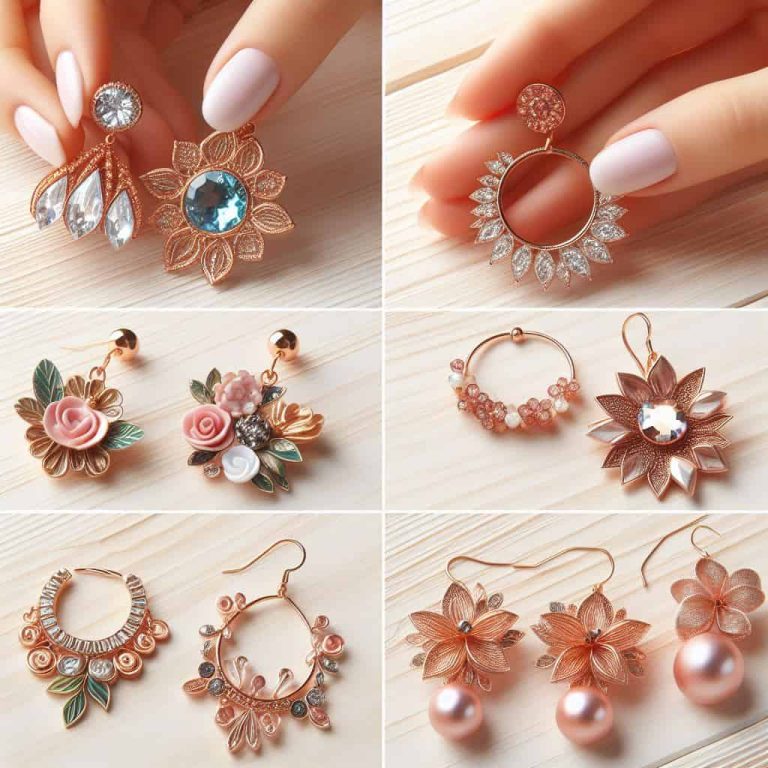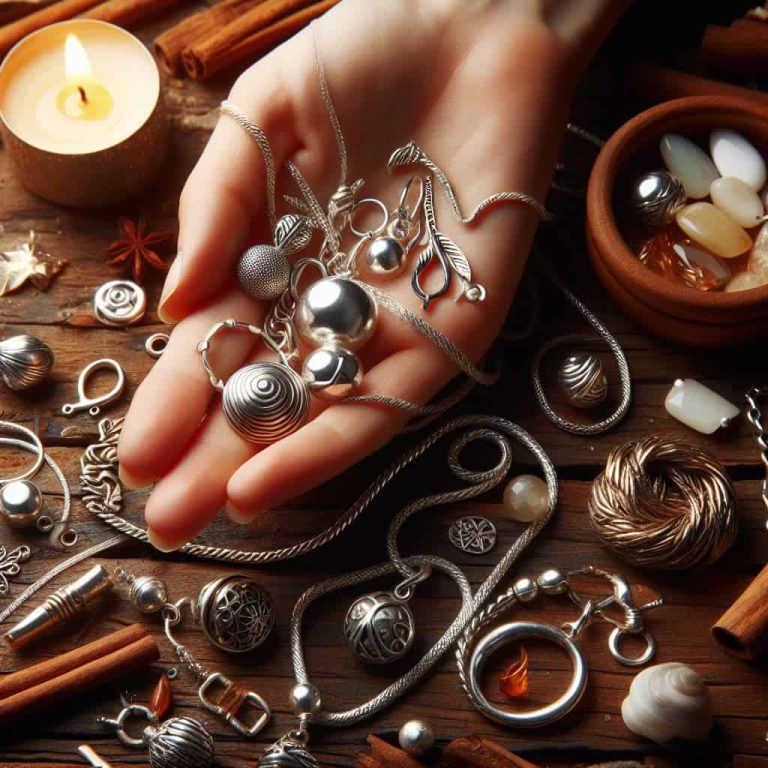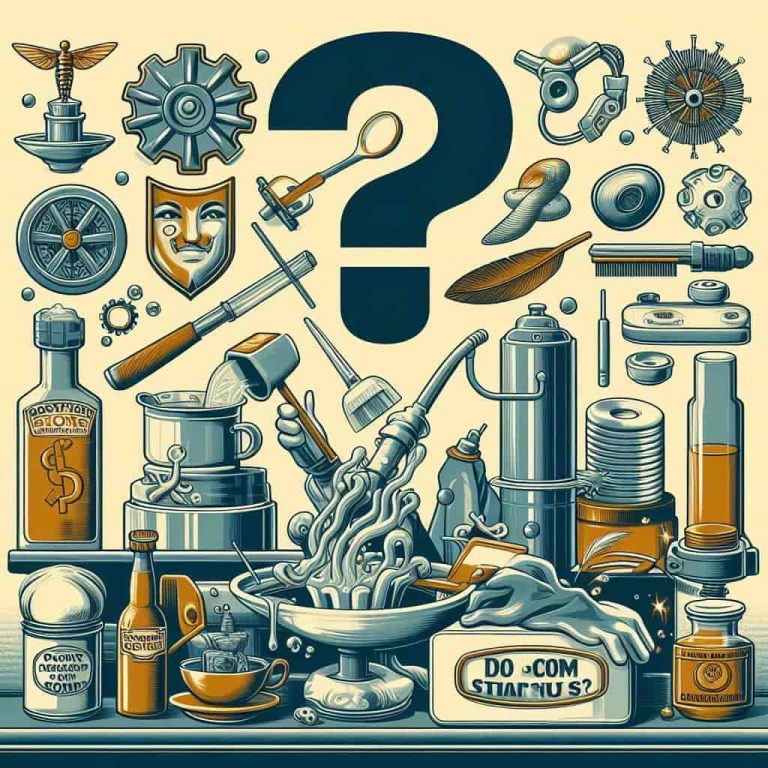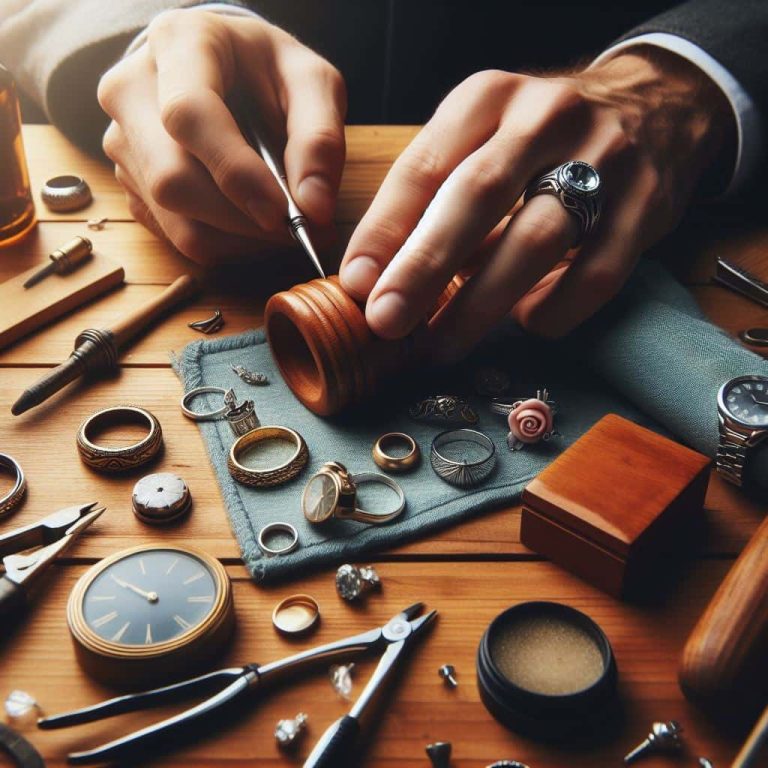Why Does My Earring Hole Hurt?
Have you ever experienced pain in your earring hole?
If you don’t keep your piercing hole clean, it can become infected.
You won’t even be able to feel good in your favourite earrings if you have pain or swelling.
In this article, I will explain the causes of pain in the piercing holes, how to deal with them, and precautions.
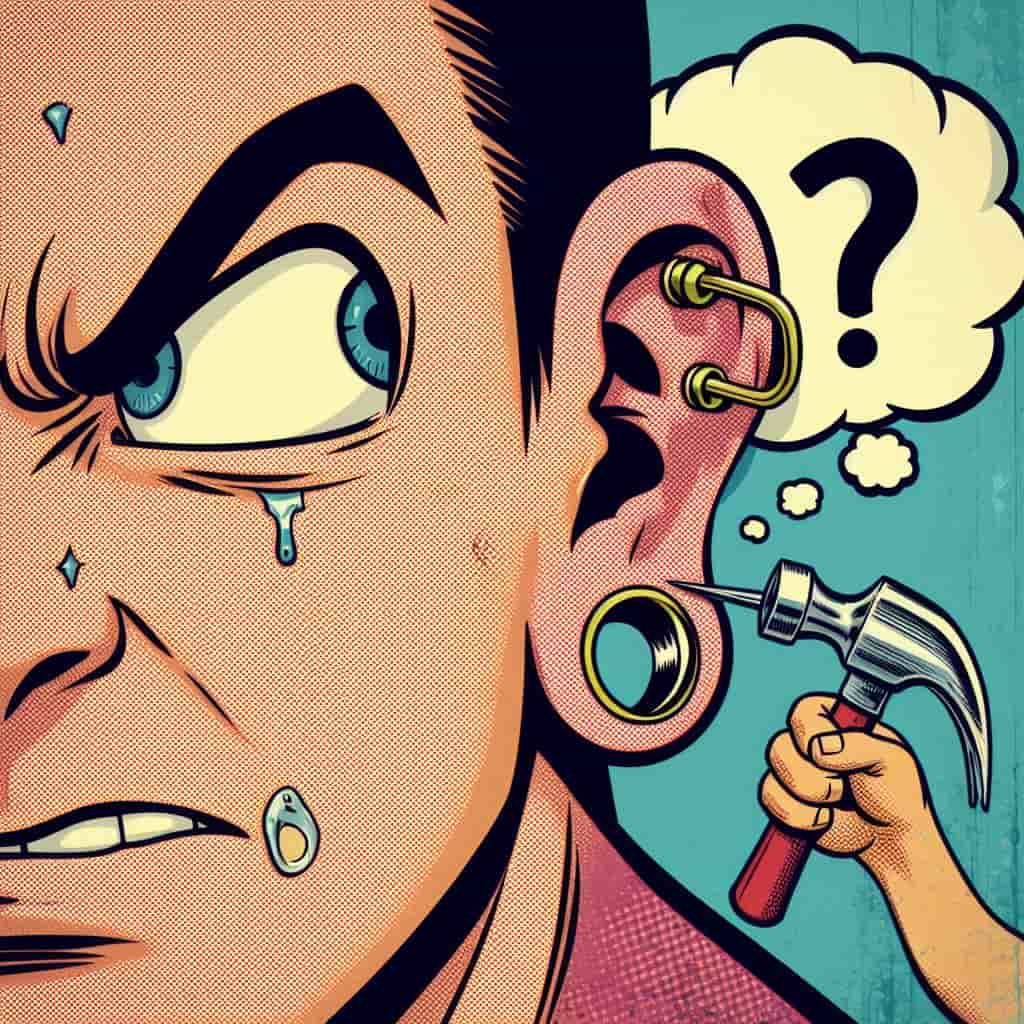
7 Common Earring Trouble
1. SUPPURATION
“Suppuration” is a process of discharging pus in a localized wound or injured area.
Suppuration is a type of inflammation which can cause symptoms such as swelling, severe pain, and pus.
Care must be taken with freshly opened piercing holes as further damage may be triggered by hair or clothing, as bacteria can easily enter.
2. WEAR
You may also encounter an itch or skin peeling problem in or around the piercing hole.
Most rashes are caused by the incompatibility of the piercing material.
If you scratch the piercing hole just because it is itchy, you might scratch and reopen a wound or bacteria may get in and make it worse.
3. METAL ALLERGIES
If the symptoms of the rash are severe – with secretions, severe itching, and pain, you may have a metal allergy.
A metal allergy is an allergic reaction or contact dermatitis that occurs when the skin comes into contact with metal.
Once this develops, it cannot be completely cured.
Many pierced earrings are made of materials that are less likely to cause metal allergies, such as titanium and medical stainless steel.
When buying earrings, be sure to check the materials carefully.
4. EARRING BURIED INTO THE EAR
The head of the pierced earring may get stuck or “buried” in the skin such as the earlobe and may not come off.
This often occurs when you are sleeping.
When you have to keep your earrings on, choose one with a larger head that is less likely to fill up.
5. TEARING OR RIPPING AT THE SKIN
Tearing can be a problem that occurs when you wear heavy earrings that may get caught somewhere.
If you like wearing large earrings, there is a higher chance that the pierced hole might tear when the earring is caught into things like your clothing.
Be extremely careful as surgery is the only way to truly fix a torn piercing hole.
6. LUMPING
When the area around the pierced hole swells, it is called a “lump”.
Many of the causes of lumps are due to the new skin being created inside the piercing hole.
When the pierced earrings are opened, the damaged cells are solidified inside and becomes a lump.
They usually disappear on its own in a few months to a few years without causing pain or pus.
However, if you have symptoms such as pain or if it doesn’t go away after many years, you may need to be treated at the hospital, so take a closer look first.
7. EXCLUSION
“Exclusion” is a phenomenon in which the body determines that the piercing is a foreign substance and tries to flush it out.
It occurs when you wear earrings that burden the pierced hole or when you pierce an unstable part of the ear.
What Causes Troubles with Piercing Holes?
Piercing holes are a type of wound, so bacterial infections can cause pus and lumps.
Here are some of the reasons why you might be experiencing some issues with your piercing hole.
1. THE PIERCING HOLE IS NOT CLEAN
Bacterial infections are more likely to occur if the pierced hole is dirty.
Neglecting the disinfection process from the time the pierced hole is opened until it is recovered, or touching the pierced hole with dirty hands, can cause problems to occur much faster.
2. IMMUNE SYSTEM IS WEAKENED
When immunity weakens due to lifestyle or dietary habits, resistance to bacteria weakens and bacterial infections are more likely to occur.
3. WEAKENED SKIN
If the piercing hole starts discharging pus even with proper care, you may have weak skin or a metal allergy.
Metals dissolve when they come into contact with body fluids such as sweat, and combine with body proteins to become allergens.
Metal allergies can also be triggered by opening a piercing hole, so be careful when using cheap piercings or exercising with piercings on and sweating.
Lymph or Pus?
Immediately after opening the piercing hole, lymph fluid may come out.
Lymph fluid is made from plasma components in the blood, and is characterized by being colourless and transparent to a colour close to yellow and having no odour.
If the liquid is dark yellow or has an unpleasant odour, be careful as bacteria may grow and become pus may discharge from it.
1. WHY DOES LYMPH FLUIDS FLOW OUT?
Lymph fluid has the effect of repairing wounds and is not particularly harmful to the body.
Piercing holes are recognized as a type of wound, and lymph is secreted to repair them.
However, if the liquid is dark yellow or smells rather than colourless and odourless, be aware that bacteria may be growing.
2. CRUSTING MAY APPEAR
Crusting, which is the debris of lymph, white blood cells, and platelets, may appear.
The crusty may stick around the piercing hole like a scab or come out as a sticky liquid.
It may smell, but don’t worry, it’s not harmful to your body.
What to do When Pus is Discharged from the Piercing Hole
1. REMOVE PUS AND CLEAN
If pus comes out, wash it off with a shower and wipe it off with clean gauze or wipes.
If it doesn’t come out naturally and you can easily get it out on your own, press it with clean gauze or tissue to gently squeeze the pus out.
2. DON’T TRY TO FORCE OUT PUS
If you try to force out pus when no pus has been discharged, it may damage the surrounding tissues or exacerbate inflammation.
This causes “hypertrophic scars” and “keloids”, so if you can’t handle it yourself, don’t force yourself to go to the hospital.
3. DO NOT USE DISINFECTANT
Disinfectant is necessary for daily piercing hole care, but if it is used when pus is forming, it will sterilize the bacteria necessary for repairing the wound and slow down healing.
Also, the alcohol component of the disinfectant is very irritating and may cause a rash, so refrain from using it.
4. IF THE SUPPURATION IS SEVERE, USE AN OINTMENT
If the suppuration is severe, wash the affected area in the shower, dry it, and use an antibiotic.
It is recommended that you consult your pharmacist when purchasing OTC drugs.
5. PRECAUTIONS WHEN BATHING
If the piercing hole is discharging pus, soaking it in a bathtub may promote infection, so take a shower.
Shower the piercing shaft to wash it thoroughly, and rinse thoroughly after shampooing and rinsing so that no bubbles or oil remain.
Actions to Take in Case of Irritations with Your Piercing
When a piercing problem occurs, many people rush and unfortunately take the wrong action.
From here, I will talk about what to do when you have a piercing trouble.
Any trouble will be a common behaviour, so please keep this in mind if you have an open piercing hole.
1. DO NOT TOUCH
If you have pain or itching, you may feel anxious and feel like touching it, but it is strictly forbidden to touch it too much in piercing troubles.
This is because if you touch the pierced earrings more than necessary, there is a risk that bacteria will enter the hole and cause a second problem such as suppuration.
When you need to touch it, such as when disinfecting or putting on and taking off your earrings, be sure to wash your hands thoroughly before touching.
2. CHANGE INTO A SMALLER EARRING
It’s also possible that you’re having piercing problems because the piercings you are wearing don’t match.
If you have trouble with piercings, first check the piercings you are wearing.
There are three points to check: the weight of the pierced earring, the material, and the inner diameter.
Weight → change to a pair of lighter earrings
Material → Change to a hypoallergenic material that is less likely to give reactions
Inner Diameter → If the length of the shaft is too short, change to a longer pierced earring.
3. GO TO THE HOSPITAL
If you have severe pain or don’t know how to treat yourself, go to the hospital early.
If you go to the hospital, they will take appropriate measures so that you can resolve your concerns quickly.
Treatment when the Piercing Hole Starts Discharging Pus
1. SHOULD I GO TO THE HOSPITAL?
Depending on the degree of suppuration, over-the-counter drugs may be sufficient.
However, if you have any of the following symptoms, you may have hypertrophic scars or keloids, so go to a dermatologist.
- Pain, swelling, or worsening
- No pus, but swelling continues
- The swollen part is hard
WHAT IS A HYPERTROPHIC SCAR?
It is a red, swelling, thick raised scar that’s an abnormal response to wound healing.
It may be difficult to distinguish from keloids, but has the following characteristics:
- The lesion does not spread to areas other than the wound
- The colour fades over time and gradually flattens.
WHAT IS A KELOID?
Keloids, on the other hand, are difficult to heal with treatment and are more severe than hypertrophic scars.
Other features are as follows.
- The lesion spreads beyond the wound to normal skin
- Treatment does not help
- Recurrence or deterioration often occurs
- It is difficult to cure completely, but symptoms can be alleviated.
2. TREATMENT METHOD RECEIVED AT THE HOSPITAL
Suppuration-preventing ointments are prescribed according to the symptoms.
It depends on your symptoms, but it will be cured in about a month or so.
Conclusion
Suppuration caused by piercings is common, and in most cases it can be improved by using medicine to keep it clean.
However, if suppuration worsens and is not treated early in the hospital, it can cause hypertrophic scars, keloids, and can remain as lumps.
If the procedure does not improve your pus, go to the hospital early.

